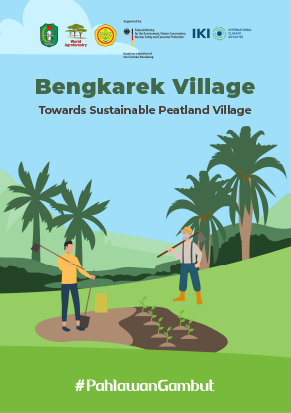Land degradation is a major threat to food security in Sub Saharan Africa. Low infiltration rates in degraded soils increase the risk of surface runoff and decrease soil and groundwater recharge, resulting in further loss of soil fertility, water scarcity and crop failure. Increasing woody vegetation typically enhances soil infiltrability but little is known about how species may have differential effects on the soil hydrological properties. The aim of this study is to understand how woody vegetation and its functional properties affect soil fertility and infiltrability. We measured field-saturated soil hydraulic conductivity (Kfs) and soil organic carbon (SOC) in 38 plots across agricultural landscapes in Muminji, Kenya. Woody vegetation and land use inventories took place and species functional traits were measured on the 63 most abundant species. We systematically tested the effects of vegetation quantity (aboveground woody biomass and vegetation cover) and quality (functional properties and diversity) on soil health (Kfs as a proxy for soil infiltrability and SOC for soil fertility). We found that both vegetation quantity and quality affected soil health. Aboveground woody biomass increased the Kfs and we found a nearly significant positive effect of vegetation cover on SOC. Woody plants with a low leaf thickness positively affected Kfs and a nearly significant negative effect of wood moisture content on SOC was found. Synthesis and applications. This study demonstrates that the systematic assessment of vegetation can lead to evidence-based recommendations to guide land restoration. We found that avoiding bare soil and promoting woody plants, while favouring species with thin leaves and avoiding species with a very low wood density and water storage strategy, is beneficial for soil health across agricultural landscapes in East African drylands.
DOI:
https://doi.org/10.1111/1365-2664.14311
Dimensões Contagem de citações:



















